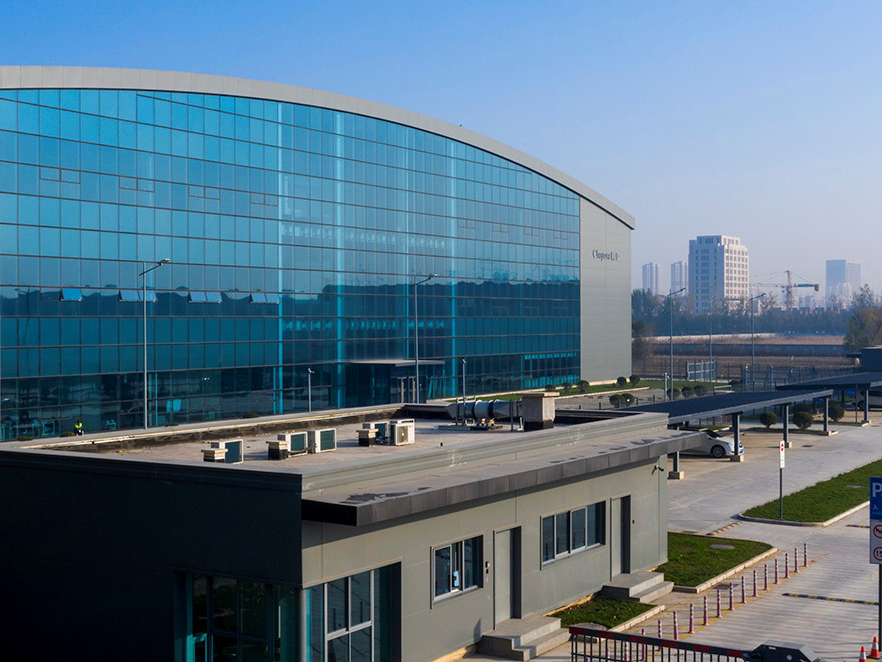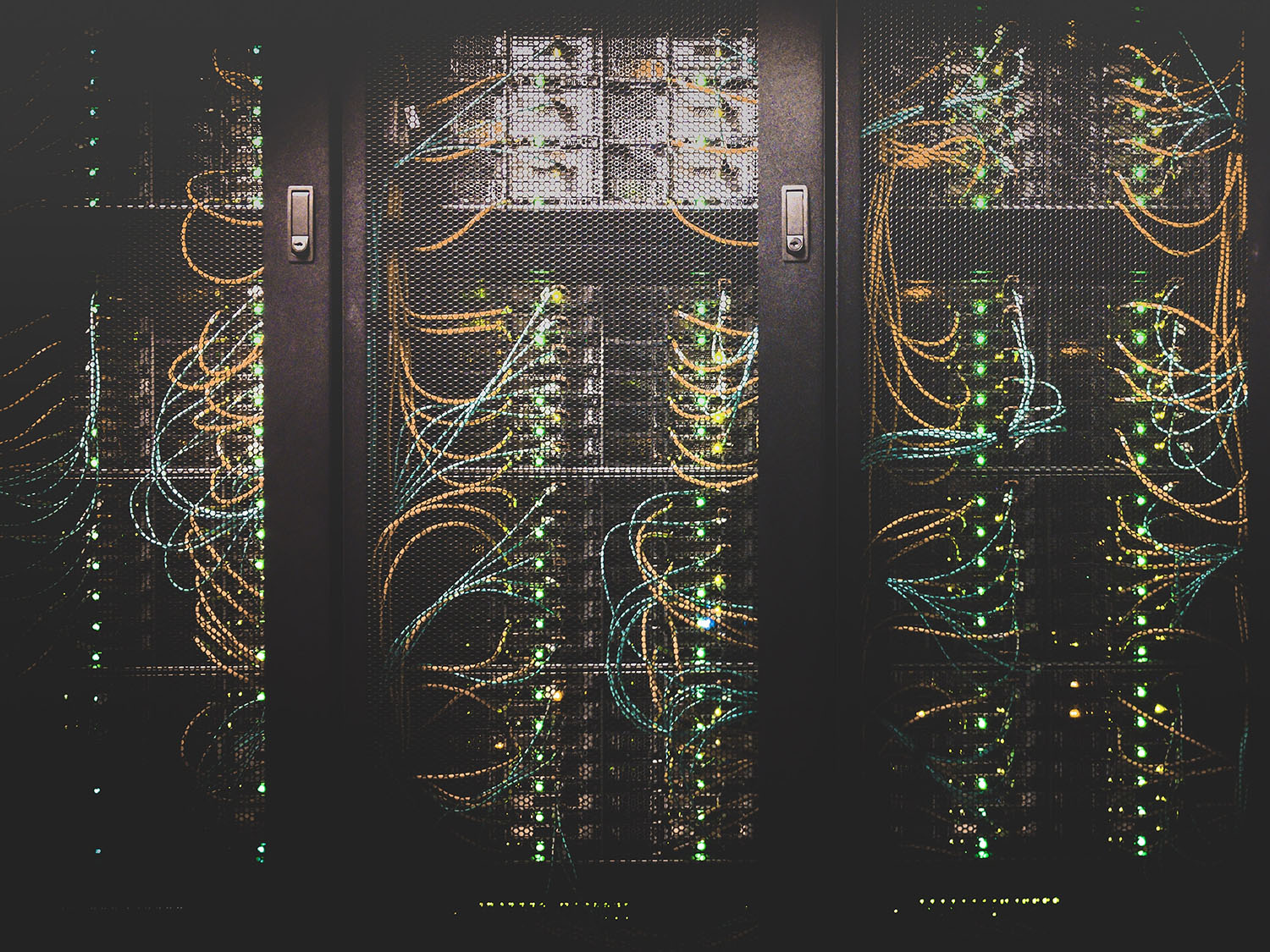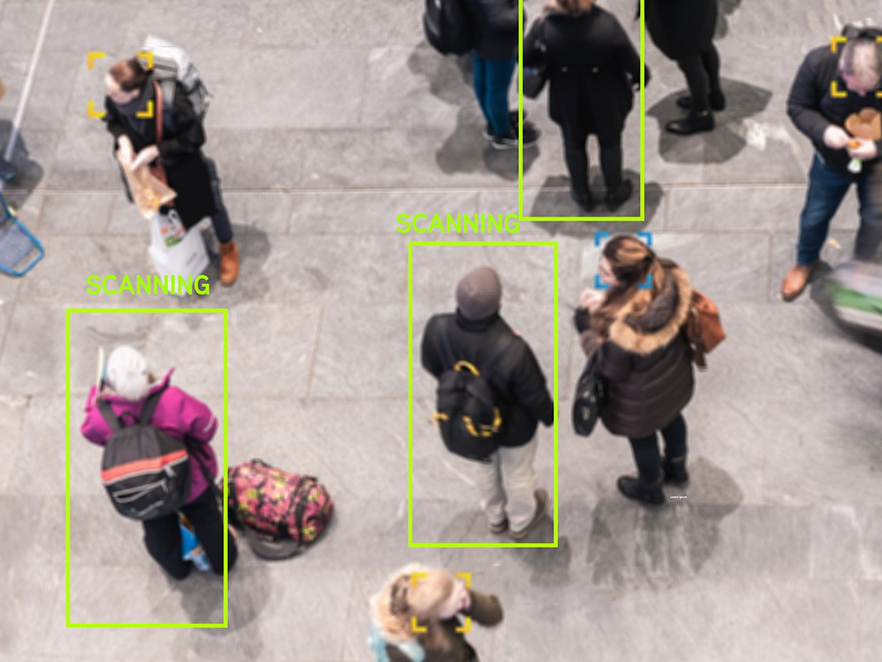With total market size reaching almost US$30 billion in revenue in 2020 and anticipated 30%+ compound annual growth rate (CAGR) over the next five years, it’s no surprise that the China data centre market continues to attract investors’ interests.
Such interests have further intensified since the Chinese Government listed data centres as among the key “new infrastructure” projects that the country needs to boost its next phase of development. Nevertheless it hasn’t been a smooth ride.
Almost all of the US listed Chinese data centre companies such as GDS and 21ViaNet have seen their share prices more than halved over the last year while global players such as Equinix and DigitalRealty are still trading near all-time high levels, despite the growth of their home markets being much slower than the brisk pace seen in China. What gives?
Politics? Or policies?
While such sell-off could be partially attributed to the stresses of common prosperity implementation and US-China tension, there is an increasing recognition of the regulatory and execution hurdles that even the most experienced in the Chinese market would struggle to overcome in order to meet their very lofty growth targets.
Such challenges are also the reason why global leading data centre players, despite their interests and efforts, have so far only managed to have a limited, if any, presence in China. It is possible though to succeed.
Through our investment in Chayora, a Chinese data centre infrastructure developer and operator, Actis has worked with the company to amass a development pipeline of over 200MW in IT load and completed our first data centre project in 2020.
This wouldn’t have been possible if the teams at Actis and Chayora did not have experience in navigating the myriad of policies on land, development, sustainability, power and data security.
Land vs. land and power
Governments see data centres as industrial/infrastructure investment with recurring output/income from production instead of real estate projects with rental of sales income. A lengthy pre-qualification process with the local government is required before a party is even allowed to bid for a plot of industrial land for building data centres.
With traditional real estate projects, the guidelines and regulations on land acquisition in China have evolved over time to be relatively clear and transparent. Data centres are different. And more complex prepositions. Why?
During this pre-qualification process, the local government vets all proposed investments by balancing the “benefits” such as the capital investment, preferably in the form of foreign direct investment (FDI), and promise of future tax revenue against the “costs” such as any preferential land price, tax benefits and the consumption of infrastructure, most notably power.
With carbon neutrality targets being imposed by the Central Government on all municipalities and districts, the energy saving assessment (ESA) process for approving the level of power consumption has become an uphill task for all new industrial projects.
In the case of the power-hungry data centre sector, this ESA process is now the Mount Everest of such an uphill task. In recent months, many local governments have even started to enforce strict ESA requirements, instructing older data centres that were built with questionable ESA quota to reduce their capacity or close down.
In this aspect, the technical expertise and the commitment of the Chayora team in designing and delivering a data centre with best-in-class power efficiency has proven to be a crucial factor.
While older data centres in China are operating with power usage efficiency (PUE, which measures total power consumption over IT server power usage) close to 2.0, new data centre projects need to illustrate their ability to deliver and operate at PUE at or below 1.4-1.5 in order to be considered for ESA quota.
For Chayora, our first project in Tianjin has been designed with new cooling and back-up power features which resulted in PUE of 1.19. This became a key consideration by the local government when we applied for ESA quota for our second project near Shanghai.
With the approved ESA, Actis and Chayora jointly negotiated the detailed investment agreement which not only satisfy the cost/benefit requirement of the Government, but also ensures the financial viability of the project. The project site with secured 80MW in power connection just 50km from Shanghai CBD was recently acquired through the land listing process in November 2021.
Sheds, but with power
Although securing land with power could be considered “winning half the battle”, there is still the other half or the “real work” of actually building and operating the data centre project.
In addition to data centres, Actis has also been an active investor in logistics warehouses, another industrial real estate sector, across China. Both sectors involve monolithic, windowless, high ceiling “shed like” structures.
On paper, all industrial projects require the same dozens of approvals from pre-development planning and construction permits to on-going inspections to the final fire, safety, completion inspections and approvals. But that’s where the similarity ends.
Just as the land acquisition process, the high-power attributes of data centres adds multitudes of complications to all the planning and development scrutiny by different government bureaus.
And while logistics warehouses are built and fully delivered at one time, data centres with multiple data halls need to install the electrical and mechanical equipment for operation, which accounts for close to 80% of the development costs, in phases to align capital outlay with revenue generation.
Each of these phases would need a repetition of all the scrutiny by local bureaus overseeing planning, design, fire and safety, before achieving operational status.
In the case of Chayora, we delivered the first phase of our first of seven Tianjin projects with 4MW of IT capacity for operation in late 2020 and then initiated our second phase development in early 2021.
This first Tianjin project is anticipated to reach full capacity of 18MW IT capacity in 2023 with at least two more rounds of vetting, inspection and approval processes, a testing task even for the experienced local teams at Chayora and Actis.
Mission impossible? Or difficult?
Policies and regulations for a data centre project in China are in fact quite clear and transparent, albeit with widely varying local interpretations across the vast country.
Just as many Chinese investors have been baffled by how difficult it is to refurbish a hotel in New York City, many global investors and operators in data centre have stubbed their toes with their initial attempts at entering the China market, thus causing others to be hesitant to take on such “mission impossible.”
For experienced investors who fully appreciate the challenges and understand how to mitigate them, such tasks are surely “mission difficult” that are worthwhile for the potential reward from this sizeable market.







